- No products in the cart.

Novocaine suppositories 100mg 10 pieces
$0.57
Novocaine suppositories 100mg 10 pieces
Description
Composition
Active substance:
1 suppository contains: procaine hydrochloride – 0.1 g
Excipients:
Tallow – a sufficient amount to obtain a suppository weight 1.1 g
Product form:
Suppositories.
Contraindications
Hypersensitivity (including para-aminobenzoic acid and others. Local anesthetics-esters), child (under 18 years).
Carefully.
Emergency operation accompanied by acute hemorrhage, a condition associated with decreased hepatic circulation (e.g., chronic heart failure, liver) progression of cardiovascular disease (usually due to the development of heart block and shock), proctitis, deficiency pseudocholinesterase, renal failure, in elderly patients (over 65 years), the seriously ill, debilitated patients, pregnancy, childbirth.
Dosage
100 mg
Indications
As the local anesthetic agent for hemorrhoids and anal fissures.
Interaction with other drugs
Local anesthetics enhance the depressant effect on the central nervous system of other drugs. Anticoagulants (ardeparin sodium, dalteparin sodium, danaparoid sodium, enoxaparin sodium, heparin, warfarin) increase the risk of bleeding.
When used with monoamine oxidase inhibitors (furazolidone, procarbazine, selegiline) increases the risk of blood pressure reduction. Vasoconstrictors (epinephrine, methoxamine, phenylephrine) prolong local anesthetic action.
Procaine reduces antimiastenicheskoe action anticholinesterase drugs, especially when used in high doses, which requires an extra correction of treatment of myasthenia gravis.
Cholinesterase inhibitors (antimiastenicheskie drugs cyclophosphamide, demekariya bromide, iodide ekotiopata, thiotepa) mestnoanesteziruyuschih reduce the metabolism of drugs. Procaine metabolite (para-aminobenzoic acid) is an antagonist of sulfonamides, which leads to a weakening of antimicrobial action.
Overdose
Symptoms: pallor of the skin and mucous membranes, dizziness, nausea, vomiting, “cold” sweat, shortness of breath, tachycardia, decrease in blood pressure, up to the collapse, apnea, methemoglobinemia. Effects on the central nervous system manifests a sense of fear, hallucinations, seizures, motor excitation.
Treatment: maintaining adequate ventilation with oxygen inhalation, intravenous short-medicines for general anesthesia, in severe cases – detoxication and symptomatic therapy.
pharmachologic effect
Pharmacological group:
Local anesthetics.
Pharmacodynamics:
Local anesthetic with mild anesthetic activity and a large therapeutic breadth action. It is a weak base, blocking sodium channels inhibits the generation of pulses in the sensory nerve endings, and the conduction of impulses along nerve fibers. Changes the action potential in the membranes of nerve cells without significant effect on the resting potential. Suppresses conduct not only pain, but also the pulse of other modalities.
Pharmacokinetics:
Undergo a complete systemic absorption. Rapidly hydrolyzed by esterases plasma and the liver to form two major pharmacologically active metabolites: diethylaminoethanol (possesses moderate vasodilating action) and para-aminobenzoic acid (a competitive antagonist sulfonamide chemotherapeutic drugs and may weaken their antimicrobial effect.
Pregnancy and breast-feeding
During pregnancy and lactation the drug should be used when the benefit to the mother outweighs risk to the fetus or child.
Conditions of supply of pharmacies
Without recipe.
side effects
On the part of the central and peripheral nervous system: headache, dizziness, drowsiness, fatigue, restlessness, loss of consciousness, convulsions, lockjaw, tremors, visual and auditory disturbances, nystagmus, cauda equina syndrome (paralysis of the legs, paresthesia), paralysis of the respiratory muscles, violation of sensory and motor conduction, respiratory paralysis occurs more frequently when subarachnoid anesthesia.
Cardio-vascular system: increased or decreased blood pressure, peripheral vasodilatation, collapse, bradycardia, arrhythmias, chest pain.
From the urinary system: urinary incontinence.
From the digestive system: nausea, vomiting, involuntary defecation.
From the blood: methemoglobinemia.
Allergic reactions: skin itching, skin rash, and other anaphylactic reactions (including anaphylaxis), urticaria (skin and mucosa), dizziness, weakness, decrease in blood pressure. In these cases, you should stop using the product and seek medical advice.
Local reactions: in the early days of the drug may be the urge to defecate and discomfort, which then pass on their own and do not require discontinuation of therapy. Rarely – redness and itching of the anal area (when used in high doses).
special instructions
During the period of treatment must be careful when driving and occupation of other potentially hazardous activities that require high concentration and psychomotor speed reactions.
Patients need to control the functions of the cardiovascular system, respiratory system and central nervous system. You must undo the monoamine oxidase inhibitors within 10 days prior to administration of a local anesthetic.
Storage conditions
In a dry, dark place at a temperature not higher than 20 ° C.
Dosing and Administration
Rectally.
Suppository injected deep in the anus (after enema or spontaneous bowel movements), previously freed from the contour candle package with scissors (cutting the package along the contour candles). Apply 1 suppository 1-2 times a day.
Duration of treatment as a local anesthetic agent is not more than 5 days. If the morbid symptoms persist, consult your doctor.
Information
Appearance may differ from that depicted in the picture. There are contraindications. You need to read the manual or consult with a specialist
Additional information
| Weight | 0.100 kg |
|---|---|
| Manufacturer | Russia |

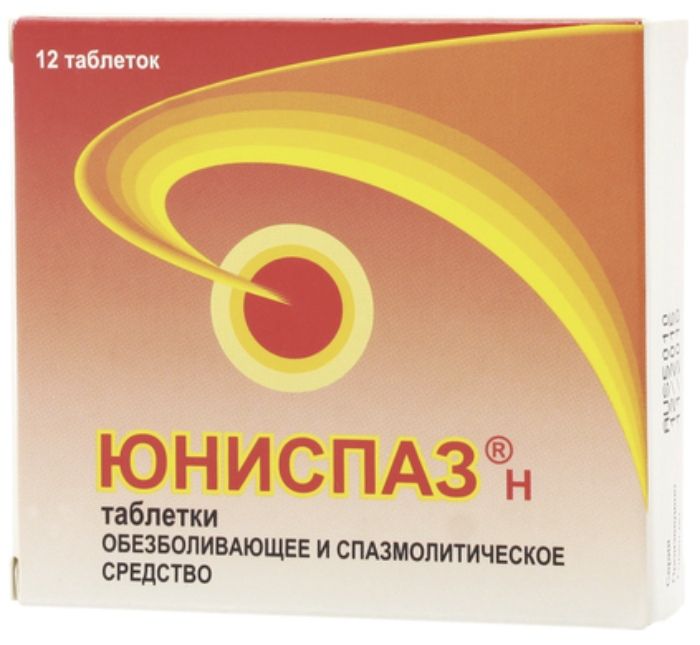
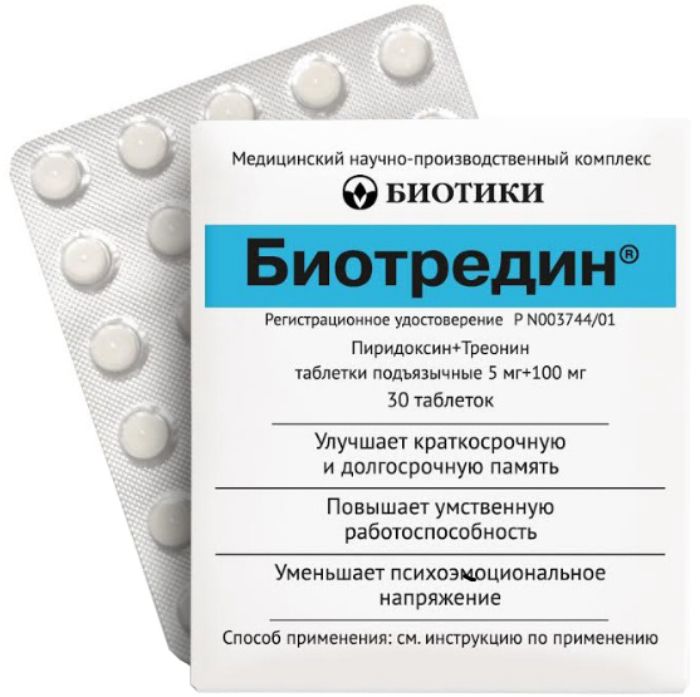


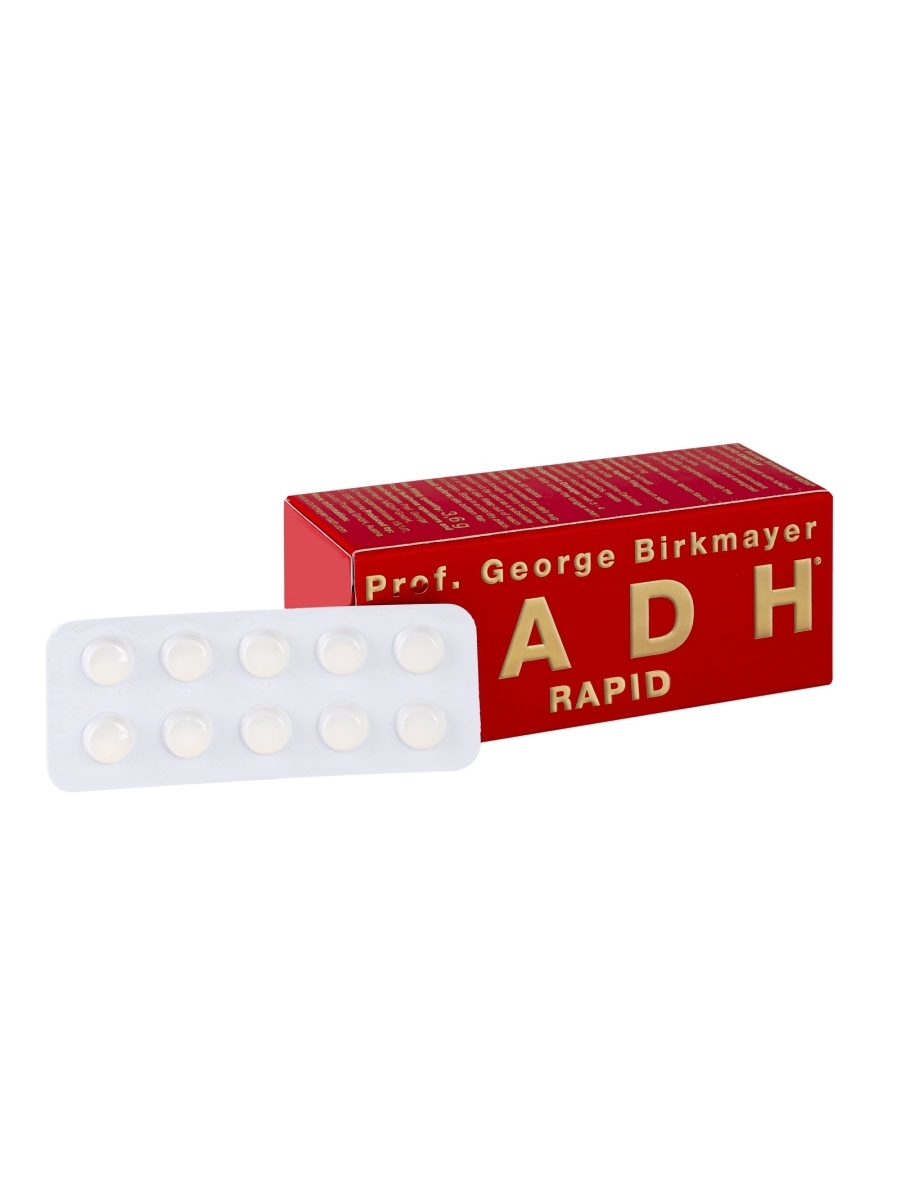
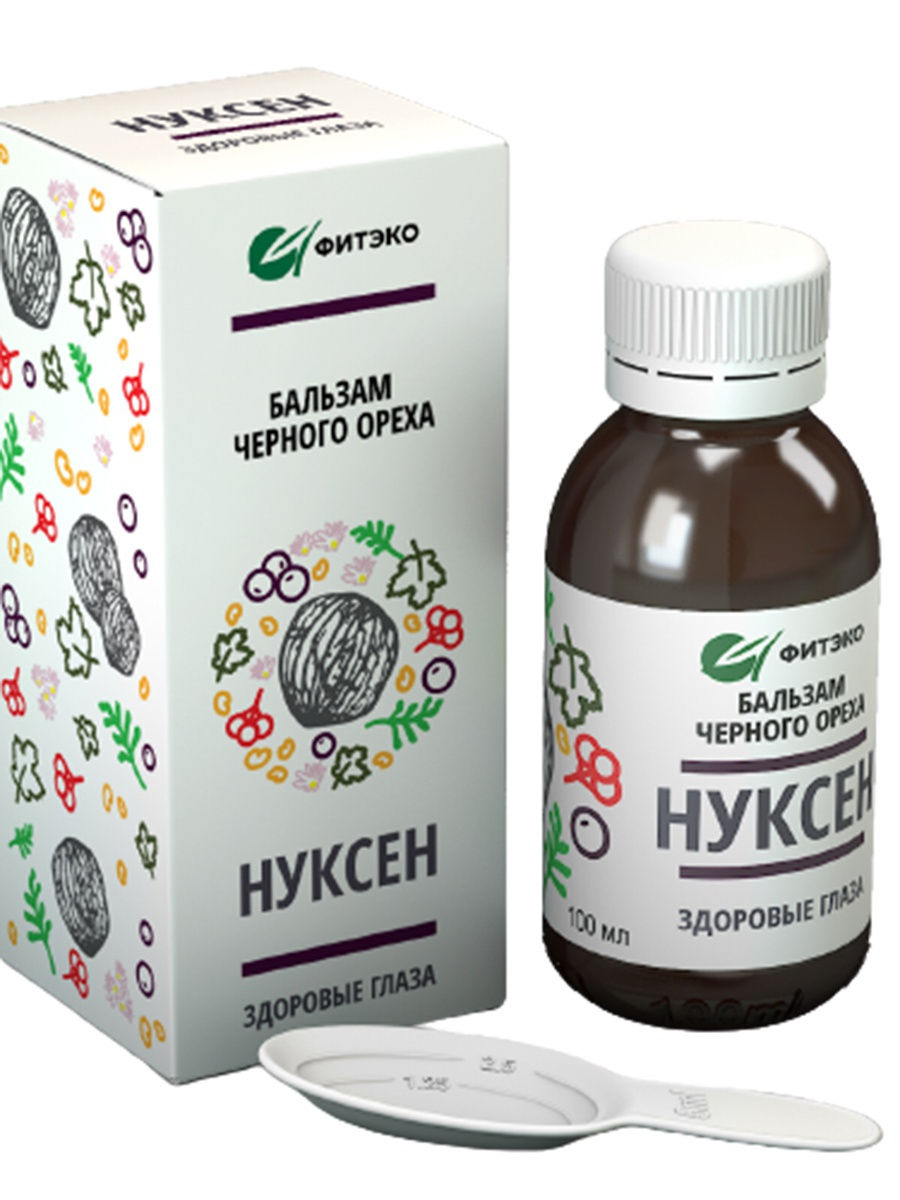
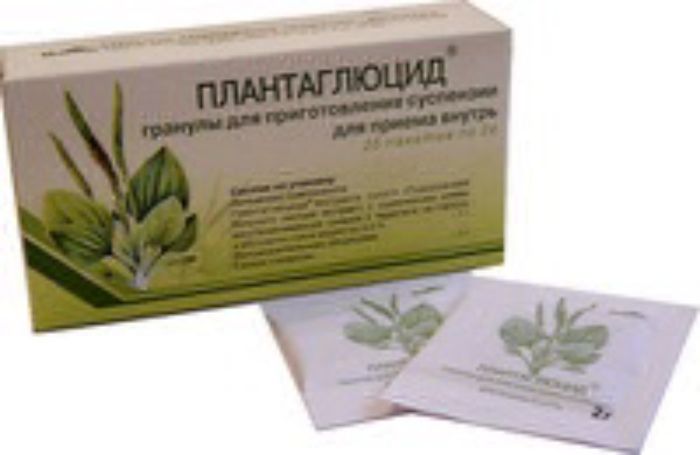
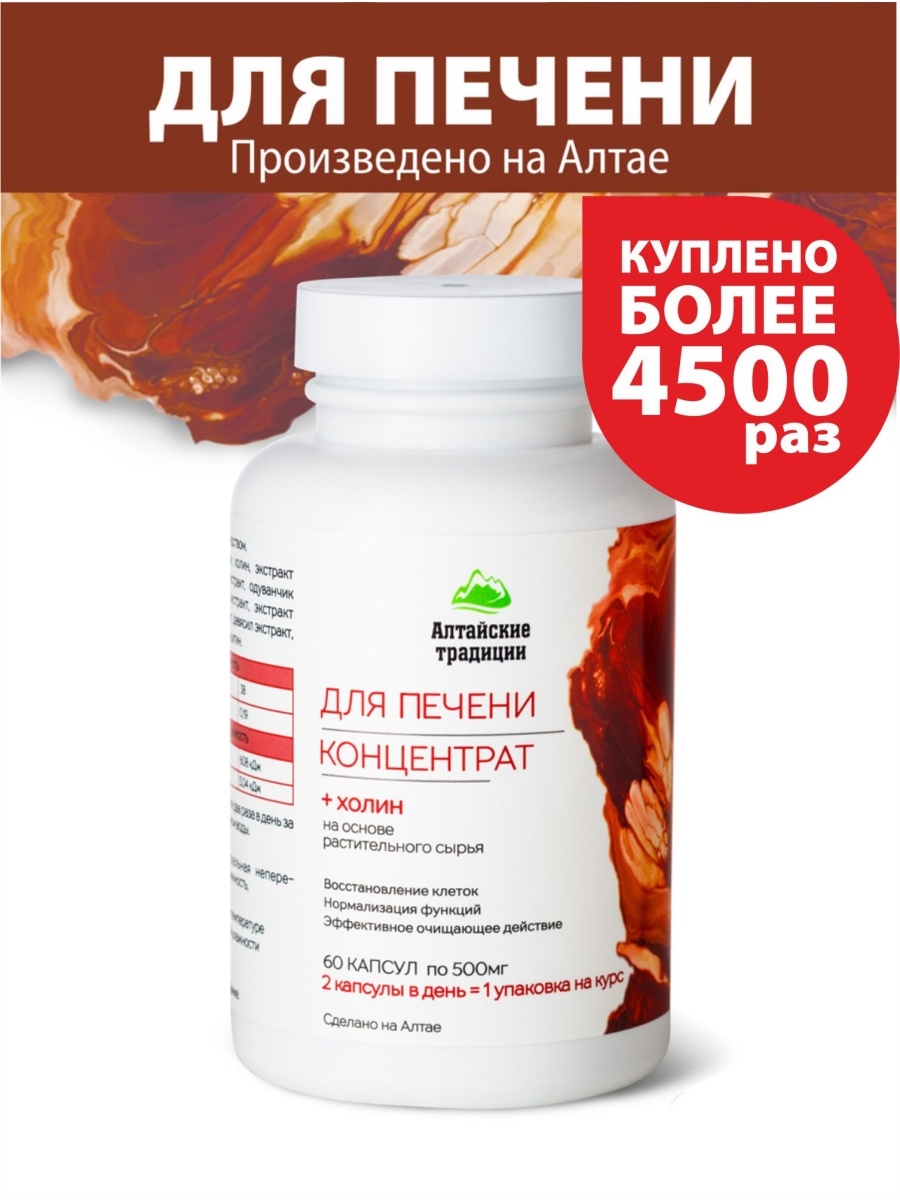




There are no reviews yet.